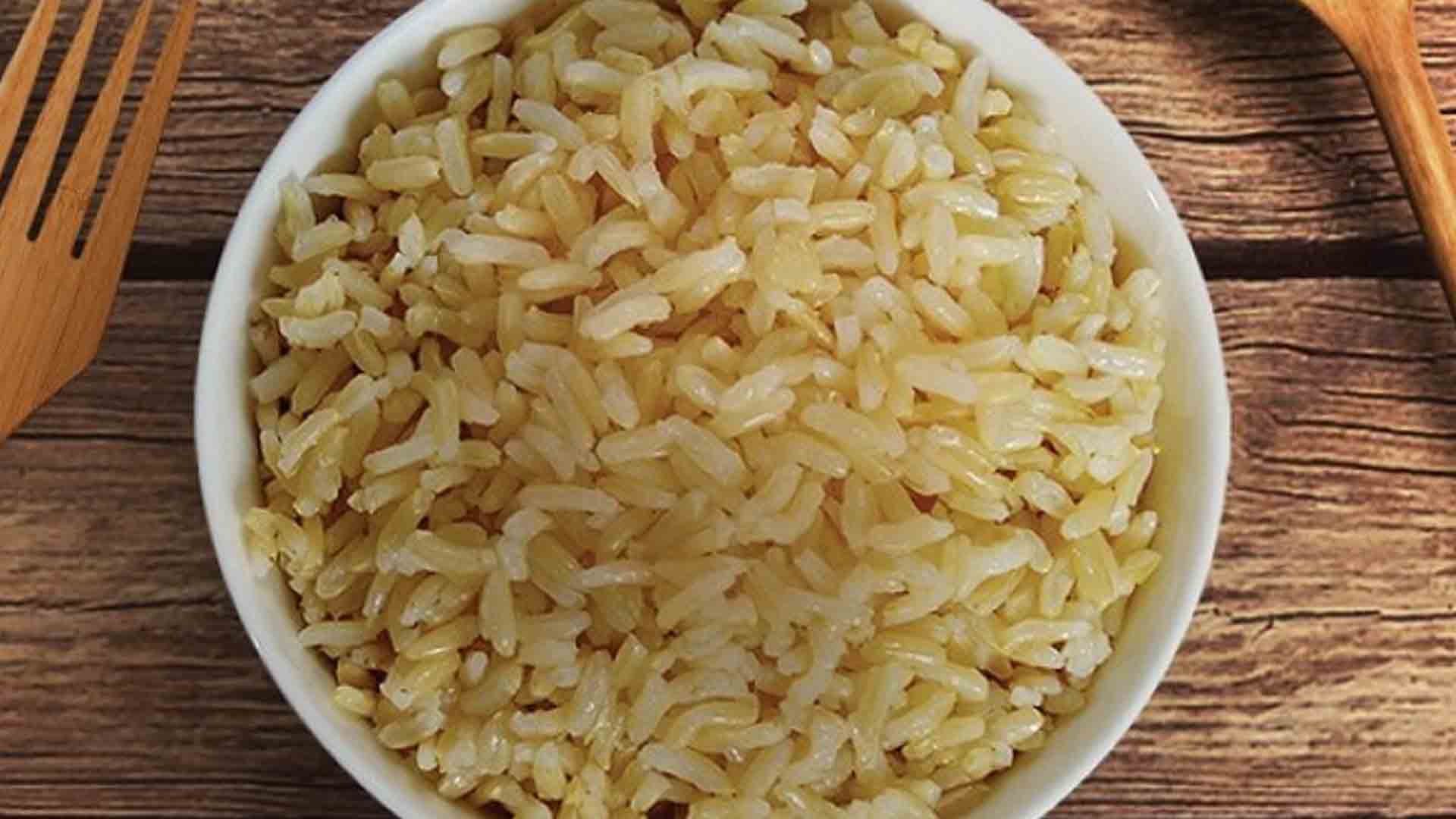There are now more Filipinos who are aware of the health benefits of low-glycemic index (GI) rice, a study from the Department of Agriculture’s Philippine Rice Research Institute (DA-PRRI) showed.
“Results of our study showed that majority of our respondents from all 17 regions in the country had high level of awareness on GI,” said Riza Abilgos-Ramos, DA-PhilRice’s supervising science research specialist, in a statement released by the DA on Wednesday.
GI, according to DA-PRRI, is a value assigned to foods based on how slowly or how quickly those foods cause increases in blood glucose levels.
Abilgos-Ramos said foods with low GI, such as brown rice, are recommended for controlling blood sugar levels because these release glucose in the body slowly after intake.
“White or polished rice has high GI. Consumption of this is associated with increased risk of diabetes,” she said.
The study, however, said more than 75 percent of the respondents still consume polished or white rice at least twice a day, Abilgos-Ramos said.
The study showed all respondents signified interest in rice with naturally low GI but only half of them are willing to consume brown rice.
“Identifying factors that influence food behavior among consumers is also key in improving diet to lower the risk of diabetes mellitus, which is one of the top five non-communicable diseases (NCDs) causing deaths among Filipinos,” Abilgos-Ramos said.
According to the study, primary considerations of consumers when buying food are taste, satiety, and nutritional value.
The DA-PRRI said there will be further study on reasons behind the high level of awareness and willingness to buy low-GI rice and yet the majority of the respondents are still consuming white rice.
“A campaign on consumption of whole grains, particularly brown rice, should be intensified,” Abilgos-Ramos said.
Rosaly V. Manaois, senior science research specialist of RCFSD and one of the researchers, said that they are now doing a more in-depth market study focused on millennials.
“Millenials represent a group where interventions for prevention of NCDs, particularly diabetes mellitus, would be most useful,” she shared.
This study, which was conducted by Abilgos-Ramos, Manaois, and Alcel B. Atanacio also of Rice Chemistry and Food Science Division (RCFSD), bagged the Best Scientific Poster award under the Social Sciences category during the 43rd Annual Scientific Meeting (ASM) of the National Academy of Science and Technology (NAST) on July 12-15, 2021.
The ASM is an annual event of the NAST, which serves as the leading forum for the presentation of scientific and policy research. It is considered the most prestigious scientific conference in the country. (PNA)







